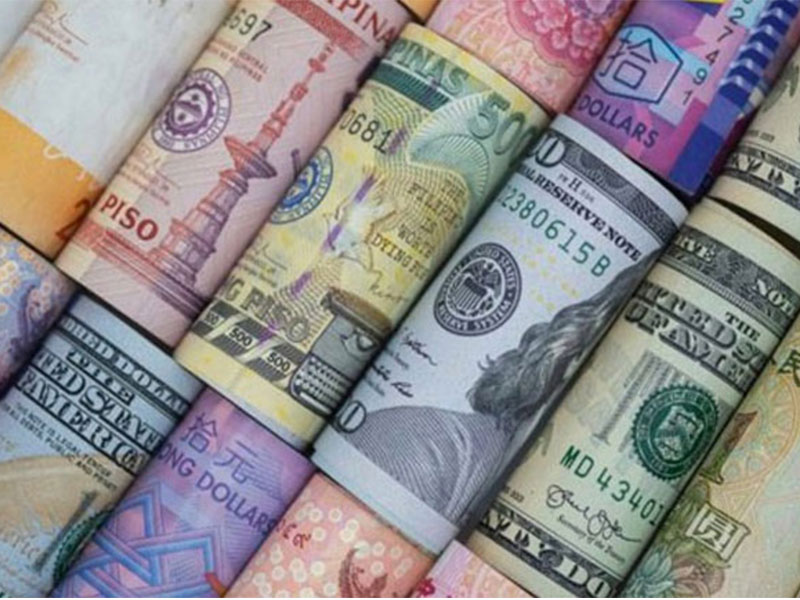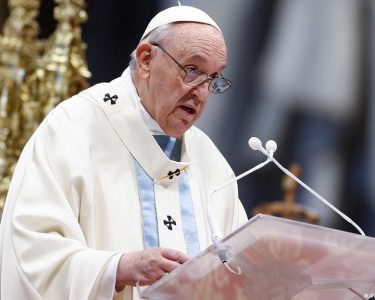Colombo, Sri Lanka – Sri Lanka’s foreign exchange reserves are set to surpass $4 billion this month, signalling a potential turning point in the island nation’s battle against its worst economic crisis since independence. This significant milestone marks a sharp rise from the depleted levels witnessed in 2022, offering a glimmer of hope for the beleaguered nation.
Several factors have contributed to this positive trend. A crucial contributor is the “higher than anticipated” inflow of $787 million from global lenders like the International Monetary Fund, World Bank, and Asian Development Bank. This vital financial injection provides much-needed support to replenish Sri Lanka’s reserves and stabilize its economy.
Further bolstering this trend is the successful negotiation of a $3 billion bailout package with the IMF in April 2023. This, coupled with ongoing debt restructuring efforts, is restoring confidence in Sri Lanka’s long-term stability, potentially attracting further foreign investment and financial assistance.
Furthermore, Sri Lanka’s trade balance shows signs of improvement. Recent export growth, spearheaded by key industries like tea and tourism, alongside a crackdown on informal remittance channels through hawala (hundi), are contributing to this positive shift. This means the country is earning more foreign currency than it spends, allowing it to accumulate reserves.
The rise in reserves holds promising implications for Sri Lanka’s recovery. With strengthened reserves, the government can increase its capacity to import essential goods like fuel and medicine, potentially easing shortages and tackling inflation. Moreover, improved reserve levels can boost investor confidence and enhance Sri Lanka’s creditworthiness, paving the way for access to international capital markets. Additionally, a stronger rupee, supported by robust reserves, can foster macroeconomic stability.
However, Sri Lanka’s journey towards full economic recovery remains long and arduous. The country still faces a substantial external debt burden, demanding continued and successful debt restructuring efforts. Political uncertainty and the complex task of implementing comprehensive economic reforms present further challenges. Additionally, the global economic slowdown poses potential risks to Sri Lanka’s export earnings and recovery pace.
Therefore, while the rise in foreign exchange reserves is a welcome development, it should be viewed with cautious optimism. Continued commitment to structural reforms, prudent fiscal management, and diversification of the economy are key to solidifying Sri Lanka’s path towards sustainable recovery and resilience(Lanka News Line)







